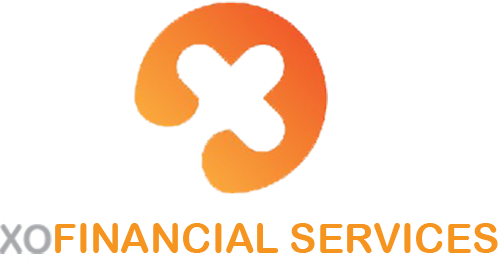The current perception is that there are many businesses that deal in cash – particularly the service industry and many of us are aware of the scenario of a business offering a discount for cash transactions. This is what is known as the ‘hidden economy” – it benefits neither the provider nor the receiver to be involved in these transactions which amount to a fraudulent activity and the Inland Revenue has targeted this ‘hidden economy’ with heavy penalties. In fact a month ago, the Revenue Minister announced that ‘compliance activity for ‘hidden economy’ tax evasion gave a return of $45million, $5.60 for every dollar spent” – that was in 2013. This means that ensuring compliance is really worthwhile for the IR and they will continue to invest in this area.
So how can you avoid the prospect of your business coming under scrutiny for the way you handle cash?
The issue would seem to be around understating income, overstating expenses or in the worst cases carrying out transactions outside the tax system altogether.
What is happening in a business with cash transactions? Petty cash to buy the milk for the office; someone is paying you for an invoice for goods or services in cash; you are buying things for your business with cash; you are taking cash out of your business for other expenses, personal expenses. You are asking someone to pay in cash for a discount or they are asking you to discount your goods or services for cash. Anything else? Yes – what if you have spent cash on behalf of a client and they reimburse you in cash when you make a written claim or they reimburse you for business expenses into your personal account – How do you correctly show all this cash activity in your business accounts – particularly to help you get the correct figures for GST and Income Tax?
If we look at these transactions individually, there is an accounting process that will cover each of them and help you avoid any issues arising from cash handling in your business.
Don’t forget about record keeping – you have to keep records for all your business transactions (cash or otherwise). This is mandatory and they must be kept for at least seven years from the year they were created.
If you keep your records electronically then you must still keep all relevant paper records and remember to back up your electronic records.
We are just looking at cash.
Petty cash
This one is easy – you need a place to keep it and a means of recording expenses.
It should look like this and the receipts need to be kept.
Date Purchase Amount Balance
23/4 Opening Balance $100
23/4 Milk $4.00 $96.00
When you put money into Petty Cash – make sure it is transferred from your business bank account so the trail can be followed.
Well that was easy – what about the more complicated cash transactions?
For these you need to have your wits about you as these transactions may need careful online reconciliation between your business accounts using online accounting systems (Xero for example) or may need input from your accountant.
When an invoice is issued and someone pays you in cash.
Make sure you bank the funds against the invoice number that you issued.
When you come to reconcile your accounts online you need to consider three areas; funds introduced (money in); drawings (what you have used for yourself) and the sum of these being the Capital account.
When you buy things for your business with cash from your business account
This is a normal business expense and needs to be reconciled as such, however if the amount is split between what you spent for the business and the change which you might have put in your pocket for later, this needs to be shown in your accounts as a split transaction between the business and personal expenses.
When you buy things for your business with cash from your personal account.
This needs to be reconciled as a business expense through a manual journal entry against the Capital Account – may need input from your accountant to get this right.
When you take cash out of your business account to pay for personal expenses.
This one is easy – code as Drawings (this is your personal money taken for your expenses).
Offering a discount for cash or being asked to supply a discount for cash.
This is the area that is being targeted by the IRD for identifying those who are not declaring this for tax.
The best idea if you are happy with the idea of a discount for cash is to always issue a Cash Receipt as a record of your sales and this can be treated as an invoice for GST purposes.
Being reimbursed for cash business expenses into your personal account.
This is your Company’s money and not yours so you need to reimburse the funds to the company.
Remember…the best advice is to make sure that every transaction between you, your clients and your business is recorded – either as a hard copy or online using accounting technology. This means all receipts and payments made; online banking, automatic payment; ATM machines; cheques and of course cash. Keep the different types of income and expenses separate with separate details for GST paid and received and check your details against your bank statement.
Cloud technology packages accomplish this for you with great efficiency and accuracy and are a good investment for a business – particularly in dealing with the tricky parts of cash transactions and give you a clear pathway to show that your cash handling in your business has been done properly.
